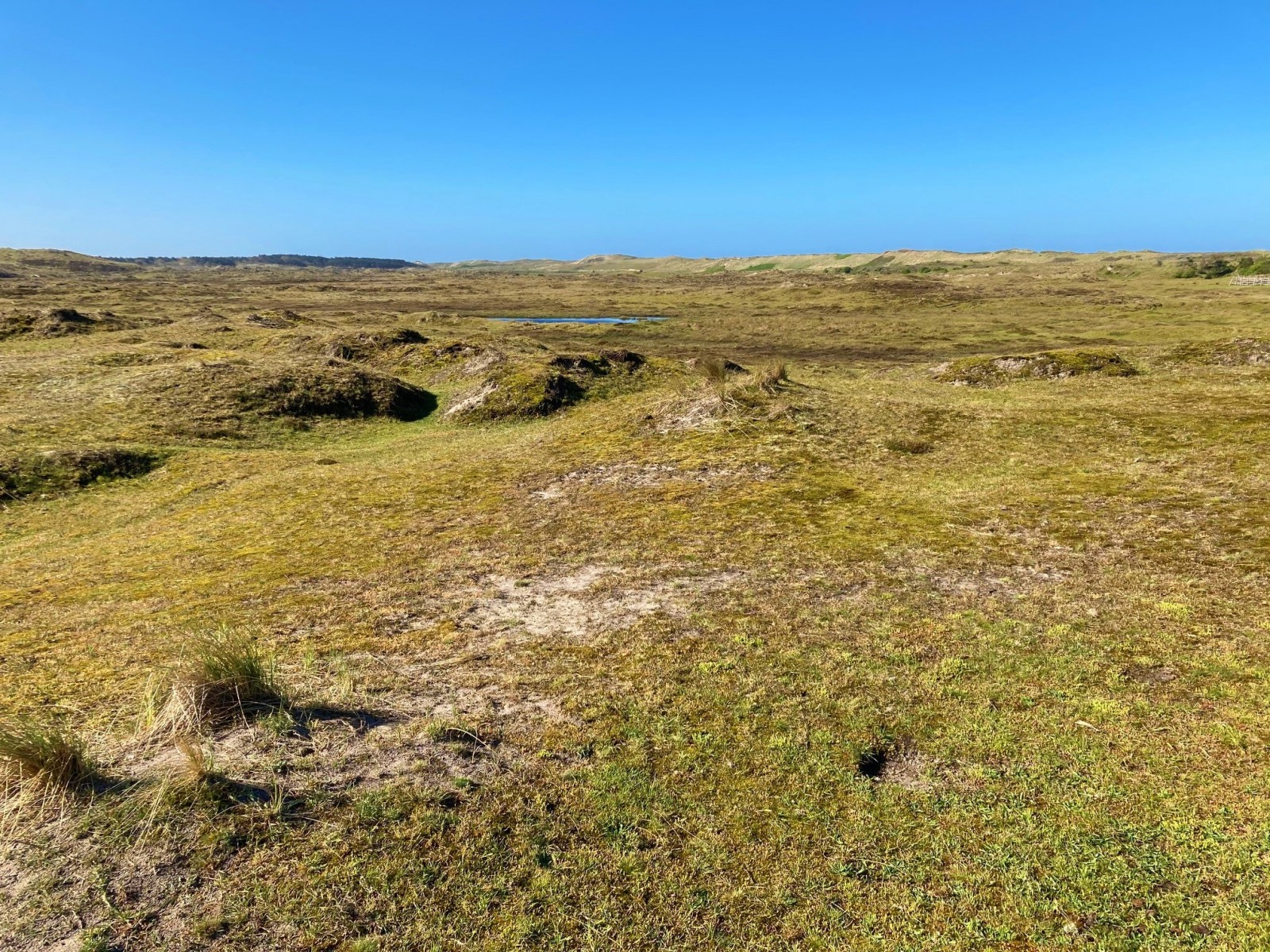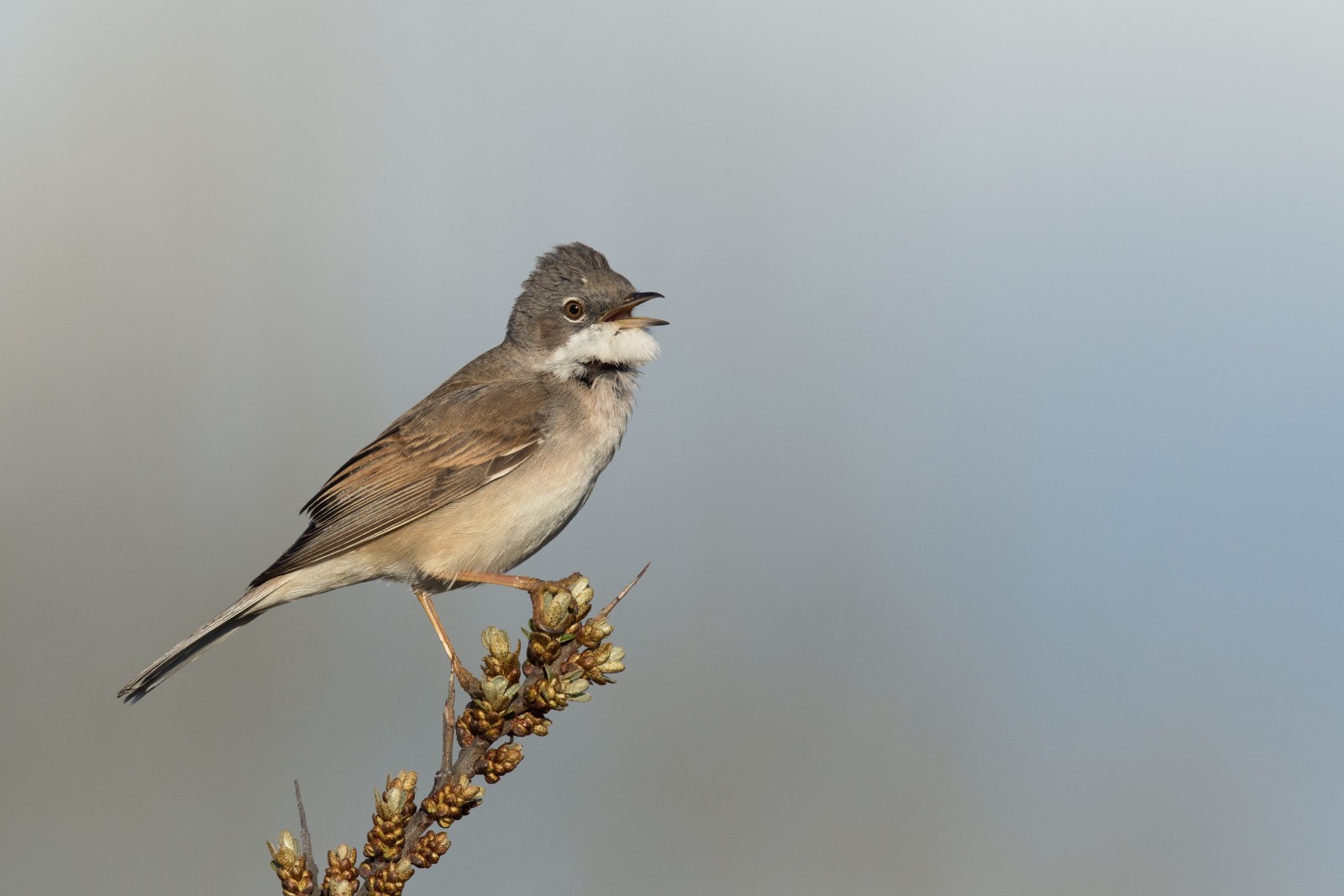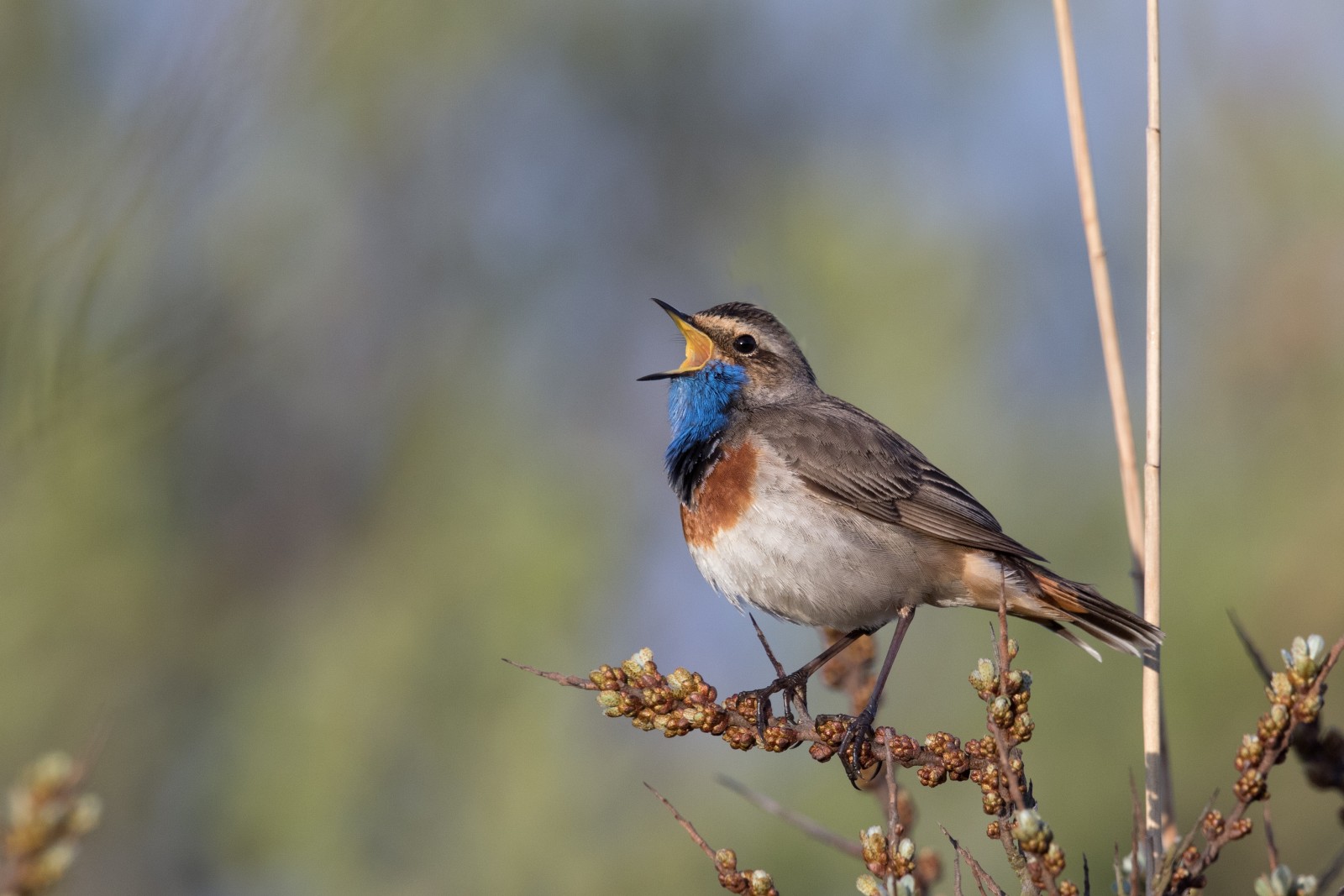Charger images
Les formats d'image autorisés sont de type jpeg, png ou gif
La taille maximale du fichier doit être de 20MB



Most northern dune area of the mainland in the Netherlands. With a bird-rich dune lake right in the middle of the area.
The Grafelijkheidsduinen to the west of Den Helder are the most northerly dune area of the Dutch mainland. That makes it an interesting area for birdwatching during bird migration, because many surprising birds can turn up here. But also outside the migration deason there are always nice birds to see. The area covers an area of 100 hectares. The dune lake Harmplas is located at tthe heart of the area. The lake is the most bird-rich place in the Grafelijkheidsduinen. On the lake itself, but also in the lush vegetation around the lake. The Grèbe à cou noir has been nesting in the Harmplas lake in recent years. The Alouette lulu breeds south of it. Traquet motteux breed here in the burrows of rabbits. Furthermore a lot of Linotte mélodieuse, Pipit farlouse and Fauvette grisette. During migration time this is also an excellent place for Merle à plastron. Other birds you can find here are Tarier pâtre, Rossignol philomèle, Locustelle tachetée and Gorgebleue à miroir. In the adjacent forests of the nature reserve Donkere Duinen you will also find forest birds.
_________________________
Nederlands: De Grafelijkheidsduinen ten westen van Den Helder zijn het meest noordelijke duingebied van het Nederlandse vasteland. Dat maakt het tijdens de vogeltrektijd een interessant gebied om vogels te kijken, want allerlei verrassende vogels kunnen hier opduiken. Maar ook buiten de trektijd zijn er altijd wel leuke vogels te zien. Het gebied heeft een oppervlakte van 100 hectare. Deze duinen zijn gevormd vanuit de resten van het oude Waddeneiland Huisduinen. Ten zuiden daarvan liggen de Donkere Duinen, die ontstaan zijn vanuit het kleine Waddeneilandje Ooghduinen. In de 16e eeuw stoof het gat tussen de twee eilanden dicht. Op deze plaats ligt nu het duinmeertje de Harmplas. En dat is ook meteen de meest vogelrijke plek in de Grafelijkheidsduinen. Op de plas zelf, maar ook in de rijke begroeiing rondom de plas. De geoorde fuut broedt de laatste jaren in de Harmplas. Ten zuiden ervan broedt de boomleeuwerik. Ook de tapuiten broeden hier in de holen van konijnen. Verder veel kneu, graspieper en grasmus. In de trektijd is dit ook een uitstekende plek voor beflijster. Andere vogels die je hier kunt aantreffen zijn roodborsttapuit, nachtegaal, sprinkhaanzanger en blauwborst. In de aangrenzende bossen van het gebied de Donkere Duinen vind je ook de nodige bosvogels.
Accessible from Den Helder from various sides. The easiest place to park is Strandslag Duinoord, Jan Verfailleweg 622, Den Helder. From the parking lot you can immediately walk into the area and possibly combine it with a walk through the adjacent wetland Mariëndal (also described on Birdingplaces). You can take a 6.5 km circular walk through the Grafelijkheidsduinen(see the map). The area is also excellent to explore by bicycle.
_________________________
Nederlands: Vanuit Den Helder is het gebied vanuit diverse kanten toegankelijk. Gemakkelijkste plek is om te parkeren is Strandslag Duinoord, Jan Verfailleweg 622, Den Helder. Vanuit de parkeerplaats kun je meteen het gebied in wandelen en het eventueel combineren met een wandeling door het aangrenzende wetland Mariëndal (ook beschreven op Birdingplaces). Je kunt een rondwandeling van 6,5 km maken door de Grafelijkheidsduinen (zie de kaart). Ook per fiets is het gebied uitstekend te verkennen.
Votre feedback sera transmis à l’auteur.rice de cette zone et à l’équipe éditoriale de Birdingplaces, qui l’utiliseront pour améliorer la qualité des informations. (Vous souhaitez publier un commentaire visible en bas de page ? Fermez cette fenêtre et choisissez l’Option 1 : « Publier un commentaire, un conseil ou une observation ».)
Veuillez fournir des suggestions d'améliorations ou d'ajouts au texte de ce site ornithologique.
Veuillez fournir vos suggestions d'améliorations ou d'ajouts à la carte.
Veuillez fournir des suggestions d'améliorations ou d'ajouts à la liste des oiseaux.
Cliquez sur l'icône de l'oiseau () Insérez les noms d'oiseau dans votre langue. Ils seront automatiquement traduits pour les autres usagers !